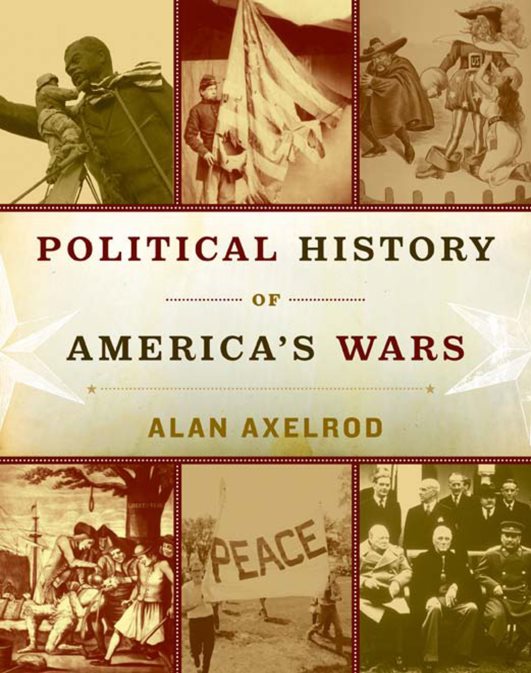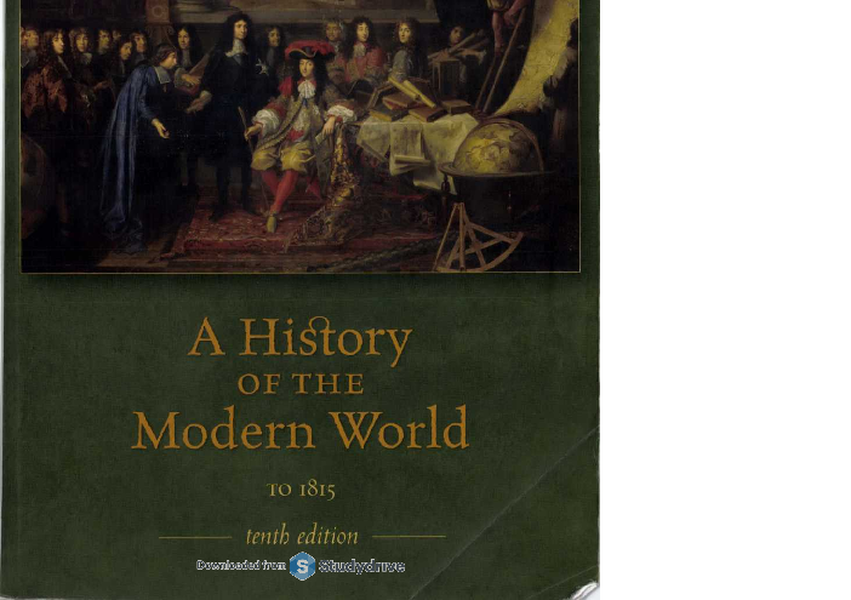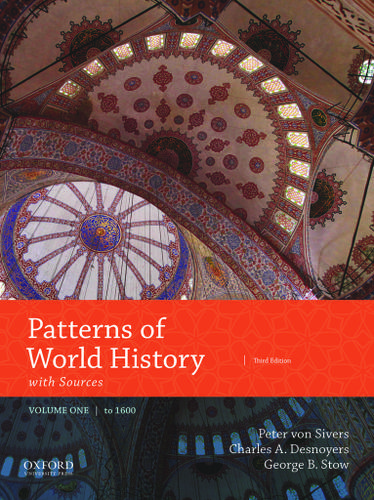

As Palmer writes: “By pruning cheese varieties and blurring the distinctions between them, the war not only wiped out some of our cheese but changed the very nature of those that survived.”įor decades after the war, British cheese had a very low reputation compared with that of France or Italy. This legacy of mediocre cheese continued long after the war had ended. Government-approved cheeses during the war included cheddar, cheshire, dunlop, lancashire, leicester and derby, but in reality, whichever cheese you asked for, what you got was a chunk of nondescript mousetrap, and you were grateful for it.

This favoured block cheeses that could be easily cut into tiny cubes, and militated against anything too creamy or crumbly. Under the cheese ration, most civilians had an ounce per person (with an extra 3 oz if you were vegetarian).

True, but rationing was a disaster for cheese. Food historians sometimes note that in terms of pure nutrition, the British never ate as well on average as they did under wartime rationing, when the Ministry of Food ensured an adequate diet for all. In 1933 the Milk Marketing Board was founded, whose mission was to stabilise the milk price rather than to protect cheese.īritish cheese took a further hit during the second world war. In the 1930s, most British dairies switched from cheese production to liquid milk, which, strangely, gave bigger profits than butter or cheese. By 1929, New Zealand cheddar was “fourpence a pound cheaper than its British farmhouse equivalent”. Factory cheese started being produced in the UK in the 1870s, but increasingly it could not compete with cheap imports from Australia, New Zealand and the Netherlands. Too much of it was mass-produced, globalised and dull. The problems of British cheese were partly the problems of late 20th century food in general. By 1974, 300 of these farms had been lost and many of those that remained produced cheddars lacking the old character.

Palmer notes that in 1939 there were 333 British farms producing cheddar. The return of good British cheese is a surprise, given that for most of the 20th century, it looked as much of a dying commodity as shoes hand-stitched by cobblers. Photograph: Food and Drink Photos/Alamy Stock Photo Palmer’s sensuous descriptions made me ravenous for cheese, from buttery lancashires to nutty Lincolnshire Poacher, a relatively recent British invention that occasionally tastes of pineapple. The fact that this is so is largely due to two generations of inventive British cheesemakers and sellers including the late Mary Holbrook, creator of the lovely Tymsboro, which Palmer describes as “a salty-peppery ash-covered pyramid” made from goat’s milk. In the UK, there are perhaps 700 varieties, “from soft cheeses like the fresh and delicate goat’s milk Perroche to full-on, funky washed-rinds like the aptly named Renegade Monk”. Now, according to Palmer, we are once again in an era of miraculous resurgence for British cheese. In November 1935, TS Eliot wrote a letter to the Times suggesting that good British cheese, from Stilton to “noble old cheshire”, was on the brink of extinction. Yet a few centuries later, with industrialisation, the abundance and diversity were waning. Some of those sold in late medieval England included nettle (equivalent to Cornish Yarg today), cream cheese, morning milk cheese (similar to single gloucester) and angelot cheese, a reblochon-style creation made from the very creamiest milk. An Italian expert wrote that Britain’s rich pastures made the country’s cheeses excellent and abundant. The 15th century, for example, seems to have been a golden era for British cheese, when hard, Parmesan-like cheeses were sold in foreign markets on the back of the wool trade. Palmer suggests that the long history of cheese in Britain is not one of simple decline or progress but of cycles of excellence followed by periods of compromise and disappointment. The war not only wiped out some of our cheese but changed the very nature of those that survived Ned Palmer


 0 kommentar(er)
0 kommentar(er)
